Xiaoyi Zhu
Adversarially Robust Distributed Count Tracking via Partial Differential Privacy
Nov 01, 2023Abstract:We study the distributed tracking model, also known as distributed functional monitoring. This model involves $k$ sites each receiving a stream of items and communicating with the central server. The server's task is to track a function of all items received thus far continuously, with minimum communication cost. For count tracking, it is known that there is a $\sqrt{k}$ gap in communication between deterministic and randomized algorithms. However, existing randomized algorithms assume an "oblivious adversary" who constructs the entire input streams before the algorithm starts. Here we consider adaptive adversaries who can choose new items based on previous answers from the algorithm. Deterministic algorithms are trivially robust to adaptive adversaries, while randomized ones may not. Therefore, we investigate whether the $\sqrt{k}$ advantage of randomized algorithms is from randomness itself or the oblivious adversary assumption. We provide an affirmative answer to this question by giving a robust algorithm with optimal communication. Existing robustification techniques do not yield optimal bounds due to the inherent challenges of the distributed nature of the problem. To address this, we extend the differential privacy framework by introducing "partial differential privacy" and proving a new generalization theorem. This theorem may have broader applications beyond robust count tracking, making it of independent interest.
A Deep Learning and Geospatial Data-Based Channel Estimation Technique for Hybrid Massive MIMO Systems
Jan 29, 2022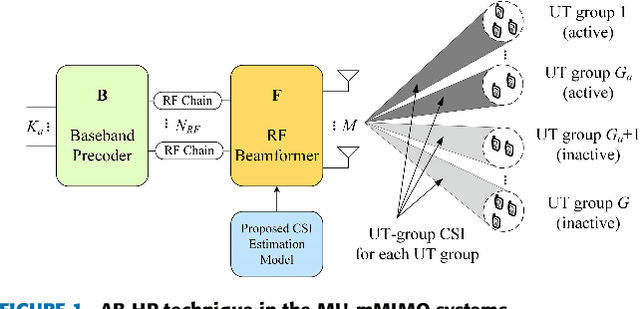
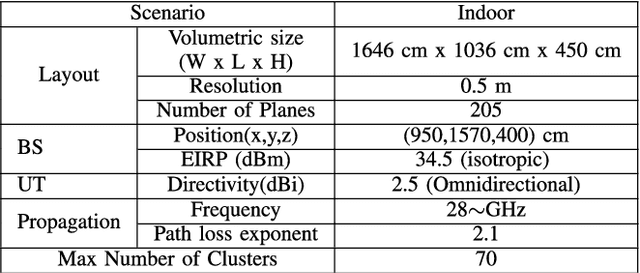

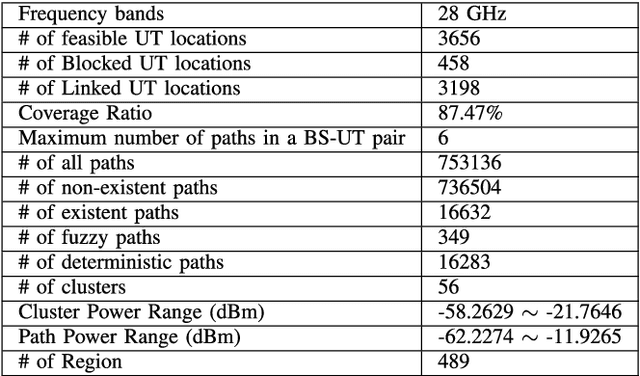
Abstract:This paper presents a novel channel estimation technique for the multi-user massive multiple-input multiple-output (MU-mMIMO) systems using angular-based hybrid precoding (AB-HP). The proposed channel estimation technique generates group-wise channel state information (CSI) of user terminal (UT) zones in the service area by deep neural networks (DNN) and fuzzy c-Means (FCM) clustering. The slow time-varying CSI between the base station (BS) and feasible UT locations in the service area is calculated from the geospatial data by offline ray tracing and a DNN-based path estimation model associated with the 1-dimensional convolutional neural network (1D-CNN) and regression tree ensembles. Then, the UT-level CSI of all feasible locations is grouped into clusters by a proposed FCM clustering. Finally, the service area is divided into a number of non-overlapping UT zones. Each UT zone is characterized by a corresponding set of clusters named as UT-group CSI, which is utilized in the analog RF beamformer design of AB-HP to reduce the required large online CSI overhead in the MU-mMIMO systems. Then, the reduced-size online CSI is employed in the baseband (BB) precoder of AB-HP. Simulations are conducted in the indoor scenario at 28 GHz and tested in an AB-HP MU-mMIMO system with a uniform rectangular array (URA) having 16x16=256 antennas and 22 RF chains. Illustrative results indicate that 91.4% online CSI can be reduced by using the proposed offline channel estimation technique as compared to the conventional online channel sounding. The proposed DNN-based path estimation technique produces same amount of UT-level CSI with runtime reduced by 65.8% as compared to the computationally expensive ray tracing.
Deep Image Prior for Sparse-sampling Photoacoustic Microscopy
Oct 15, 2020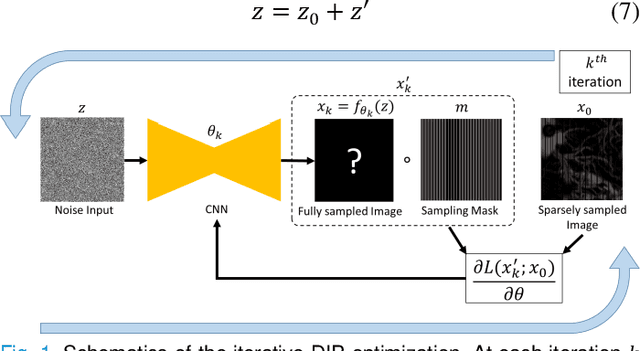
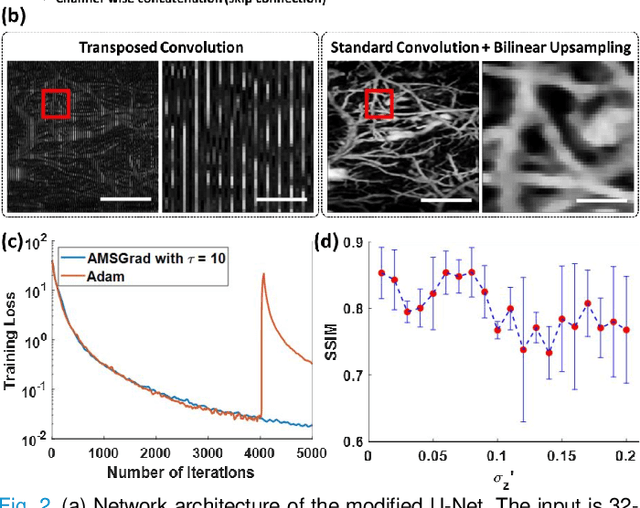
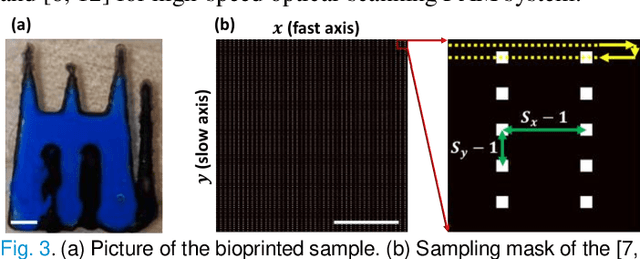
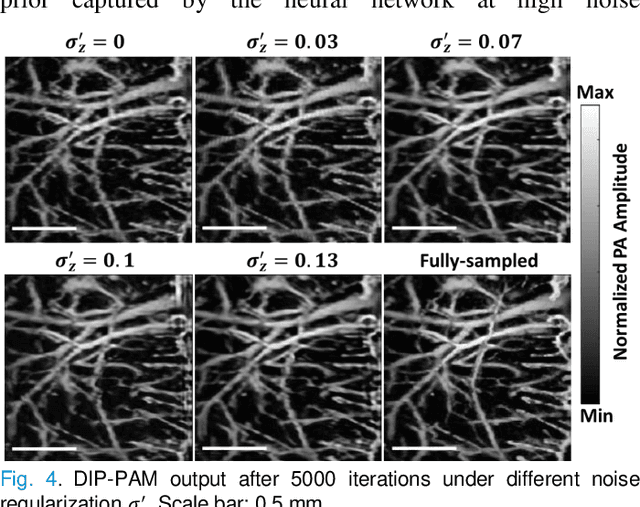
Abstract:Photoacoustic microscopy (PAM) is an emerging method for imaging both structural and functional information without the need for exogenous contrast agents. However, state-of-the-art PAM faces a tradeoff between imaging speed and spatial sampling density within the same field-of-view (FOV). Limited by the pulsed laser's repetition rate, the imaging speed is inversely proportional to the total number of effective pixels. To cover the same FOV in a shorter amount of time with the same PAM hardware, there is currently no other option than to decrease spatial sampling density (i.e., sparse sampling). Deep learning methods have recently been used to improve sparsely sampled PAM images; however, these methods often require time-consuming pre-training and a large training dataset that has fully sampled, co-registered ground truth. In this paper, we propose using a method known as "deep image prior" to improve the image quality of sparsely sampled PAM images. The network does not need prior learning or fully sampled ground truth, making its implementation more flexible and much quicker. Our results show promising improvement in PA vasculature images with as few as 2% of the effective pixels. Our deep image prior approach produces results that outperform interpolation methods and can be readily translated to other high-speed, sparse-sampling imaging modalities.
 Add to Chrome
Add to Chrome Add to Firefox
Add to Firefox Add to Edge
Add to Edge